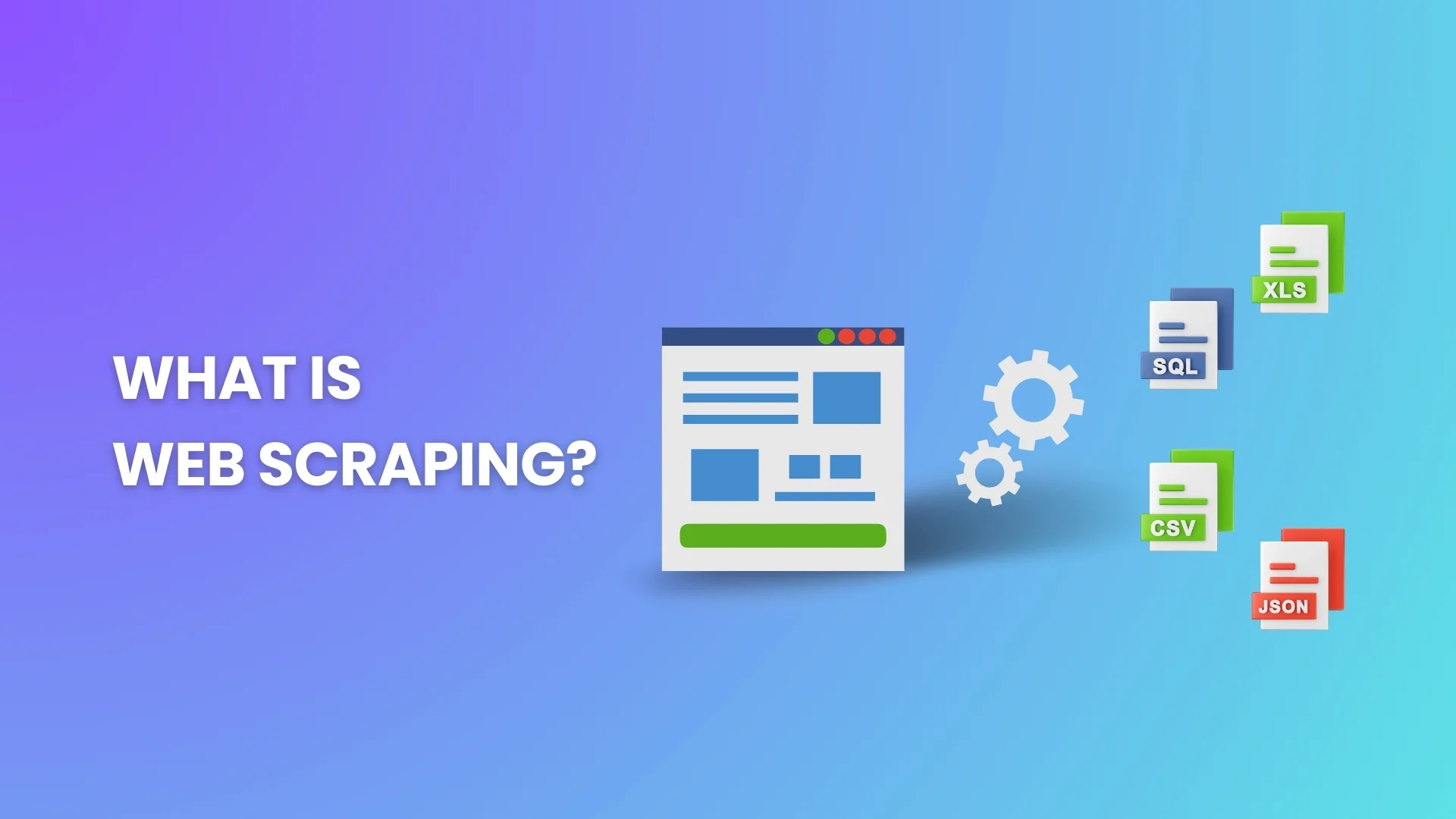Just imagine that — there are more than 26 million e-commerce websites worldwide. In 2022, at least 2.56 billion consumers made at least one online purchase. Every minute, e-commerce giants like Amazon generate $903.300 in sales, and behind each transaction lies valuable data.
But what does this mean for your e-commerce business? Invaluable insights into customer behavior, operations, competitors, and missing opportunities, which ultimately boost your bottom line.
As we live in the epoch of automation, you should consider big data analytics in e-commerce to achieve better results at a faster pace. So today, you’ll learn how it can help your online business thrive.
Role of big data analytics in E-commerce
In the context of e-commerce, we refer to big data analytics as a sophisticated process of examining huge datasets to define hidden patterns, correlations, and insights that are otherwise impossible to detect. It usually operates in a cycle of four steps:
- Data harvesting/collection from various sources.
- Data processing, which consists of cleaning, normalization, structuring, and data conversion.
- Data analysis to identify patterns, correlations, and trends.
- Actionable insights mean tweaking your marketing campaigns, optimizing your inventory, or personalizing the user experience on your website.
So, you don’t just get graphs and numbers. You obtain a roadmap to understanding customer behavior, market environment, or your operational flows.
Data sources in e-commerce
To get a comprehensive understanding of your business landscape, you should consider fetching big data e-commerce from different sources. In fact, this could be any website, marketplace, social media, Q&A site, or any other online platform. So, let’s see what data points you can collect to gain a unique perspective on different aspects of your business.
- Customer interactions (customer reviews and interactions on customer service channels) offer insights into customer satisfaction, areas for improvement, and even new product ideas.
- Transaction history reveals buying patterns, popular products, and even the effectiveness of your pricing strategies.
- Website behavior (page views, bounce rates, and time spent on each page) tells you a lot about what’s working and what’s not.
- Social media activity (shares, comments, likes/dislikes, follows) to a glimpse into what your audience thinks about your brand and how your competitors communicate with their audience.
- Search queries to have an idea of what your potential customers are looking for.
- Inventory levels to keep an eye on your stock levels and how quickly items are being sold.
- Market data (market trends, competitor pricing, and economic indicators) offers a broader view of market conditions and helps you position your business more effectively.

Key benefits of big data analytics in e-commerce
Personalization & customer segmentation
In the Next in Personalization 2021 Report, McKinsey states that 71% of consumers expect companies to offer personalized experiences. What’s more. 76% of buyers are frustrated when shops don’t provide one. That’s why 94% of e-commerce businesses consider personalization as a key element in their success.
But every personalized experience starts with customer data collection, processing, and analysis. These steps allow you to segment your customer base into distinct categories based on buying behavior, geographic location, and even browsing history. Once you have these segmented groups, you can tailor your marketing messages, product recommendations, and even pricing strategies to suit the specific needs and preferences of each segment.
For instance, if your analytics reveal a particular segment frequently purchases eco-friendly products, you should highlight such items in their product recommendations.
Demand forecasting & inventory management
34% of e-commerce businesses admit that they struggle with unavailable products in their inventory. Customers also suffer. 60% of buyers from the United States agree that out-of-stock issues negatively impacted their shopping behavior. As Deloitte suggests, one negative reputation event impacted revenue (41%) and brand value loss (41%). For example, global retail businesses lost $1.1 trillion because of poor inventory management.
All these facts hint at the need for effective demand planning. According to BigCommerce, for successful forecasting, you should use only complete data. Achieving this won’t be a problem with e-commerce data mining. Scrapers will sift through historical sales data, seasonal trends, and even external factors like economic indicators to predict future demand with remarkable accuracy.

Price optimization
Did you know that a 1% improvement in price optimization can lead to an 8.7% increase in profits? According to a study by McKinsey, using big data for pricing is the most effective lever to boost profitability, yet it’s often overlooked. With e commerce data analysis, you’ll dynamically adjust prices based on a multitude of factors: competitor pricing, demand fluctuations, and even customer behavior. Moreover, it’ll help you implement tiered pricing strategies for different customer segments. You may offer VIP customers exclusive discounts or bundling products to encourage higher spending.
For instance, you can monitor real-time pricing trends across various competitors. As a similar product goes on sale, you’ll get an alert, so you can either match or beat the competitor’s price.
Fraud detection & security
Cybersecurity is a growing concern in the e-commerce sector. The FBI’s Internet Crime Complaint Center received 800,944 complaints in 2022. And while the total number of complaints decreased by 5% compared to the previous year, financial losses grew by 49% and exceeded $10.3 billion. So, in a landscape where a single security breach can cost millions, you should prioritize fraud detection and security.
E-commerce data analytics is not a frequent c consideration for fraud detection. However, it’s a powerful tool for helping you maintain the security of your financial operations and website in total. As you analyze vast amounts of transaction data in real-time, you can identify fraudulent transactions, unauthorized access, and other security threats. And, most importantly, take immediate corrective actions.

Challenges of analyzing big data in e-commerce
Big data challenges in e-commerce are not just about handling volumes of data. You may come across other hurdles, which may include:
- Data integration. Probably, you’ll collect data from multiple sources: social media, CRM systems, and third-party apps. So, you’ll have to integrate disparate data into a unified view for further analysis.
- Data security. As you collect more data, the risk of breaches and unauthorized access will increase. This will encourage you to implement stringent security measures to protect sensitive customer information.
- Skill gap. Big data analytics requires specialized skills in data science and analytics. You’ll have to hire experts, outsource services of data mining in e-commerce, or provide additional training for existing staff.
- Real-time analysis. For some applications, like fraud detection, you’ll need to ensure real-time analysis. However, processing large volumes of data in real-time can be technically challenging and resource-demanding.
The final word
The future of big data in e-commerce is not just promising — it’s transformative. Analytics holds the potential to revolutionize your business by helping you personalize customer experience, optimize pricing strategies, or enhance security measures.
However, as we’ve discussed, leveraging this powerful tool requires specialized skills, robust infrastructure, and a deep understanding of data science. Nannostomus will provide you with clean, high-quality data to help you make informed decisions. Contact us to learn about cooperation opportunities with our team.




